Origins of Airborne Warfare
The idea of airborne operations can be traced back to the early 20th century. The notion of using aircraft to deploy troops directly into combat zones was revolutionary and came into practical application during World War II. However, the concept had earlier roots in experimental military thinking and was influenced by innovations in aviation technology.Early Experiments:
- World War I saw the first experiments with parachuting, though these efforts were rudimentary. Early parachutes were used primarily for escape rather than tactical insertion.
- The interwar years witnessed significant developments in parachute technology and tactics, driven by military theorists who saw the potential for airborne forces in future conflicts.
Formation of the Airborne Division
The first true airborne divisions were established during World War II. The rapid success of these units in the early years of the war demonstrated the effectiveness of airborne operations and led to their expansion.U.S. Airborne Divisions
1. 82nd Airborne Division:
- Activation: The 82nd Airborne Division was activated in 1917 during World War I but was re-designated as an airborne division in 1942.
- Role in World War II: The division made its combat debut during the Allied invasion of Sicily in 1943 and played a key role in the Normandy Invasion (D-Day) in June 1944. It also saw action during the Operation Market Garden and the Battle of the Bulge.
- Significance: The 82nd is known for its rapid deployment capabilities and adaptability, and it remains one of the most prestigious airborne units in the U.S. Army.
2. 101st Airborne Division:
- Activation: Formed in 1942, the 101st Airborne Division was also an early adopter of the airborne role.
- Role in World War II: The division is renowned for its pivotal role in Operation Overlord and Operation Market Garden. The 101st also made a notable stand during the Battle of Bastogne in the Battle of the Bulge.
- Legacy: Known as the "Screaming Eagles," the 101st Airborne Division has a storied history and continues to be a key player in U.S. military operations.
The Cold War and Beyond
Following World War II, airborne divisions continued to evolve and adapt to new military challenges during the Cold War.1. Cold War Era:
- Expansion: The U.S. Army expanded its airborne capabilities, establishing additional divisions and units to respond to global conflicts and threats.
- Notable Operations: Airborne units were involved in various operations, including the Berlin Airlift (1948-1949) and Operation Just Cause (1989) in Panama.
2. Modern Era:
- Technological Advances: Modern airborne units have benefited from advancements in technology, including improved parachute systems, precision navigation, and enhanced combat equipment.
- Global Deployments: Airborne divisions have been actively involved in contemporary conflicts, such as Operation Enduring Freedom in Afghanistan and Operation Iraqi Freedom. Their ability to rapidly deploy and operate in diverse environments remains a critical asset for the U.S. military.
Key Contributions and Innovations
The airborne divisions have made several key contributions to military strategy and operations:1. Tactical Flexibility:
- Airborne forces provide rapid and flexible response capabilities. Their ability to be inserted quickly into combat zones allows for surprise attacks and the ability to seize and hold key positions.
2. Operational Doctrine:
- The development of airborne warfare has influenced broader military tactics and doctrine. The principles of vertical envelopment, where troops are inserted directly into enemy territory, have been integrated into various military strategies.
3. Training and Excellence:
- The rigorous training programs for airborne soldiers, including parachute training and combat skills, have set high standards for military readiness and effectiveness.
Legacy and Cultural Impact
The legacy of airborne divisions extends beyond their military contributions. These units have become symbols of bravery, innovation, and the spirit of adventure. Their story has been captured in numerous books, films, and documentaries, celebrating their role in key historical events.1. Pop Culture:
- The exploits of airborne units, particularly the 82nd and 101st Airborne Divisions, have been depicted in works such as "Band of Brothers" and "The Longest Day," showcasing their heroism and contributions.
2. Historical Significance:
- The airborne divisions' impact on military strategy and tactics continues to be studied and admired. Their ability to adapt and innovate remains a testament to the evolving nature of modern warfare.


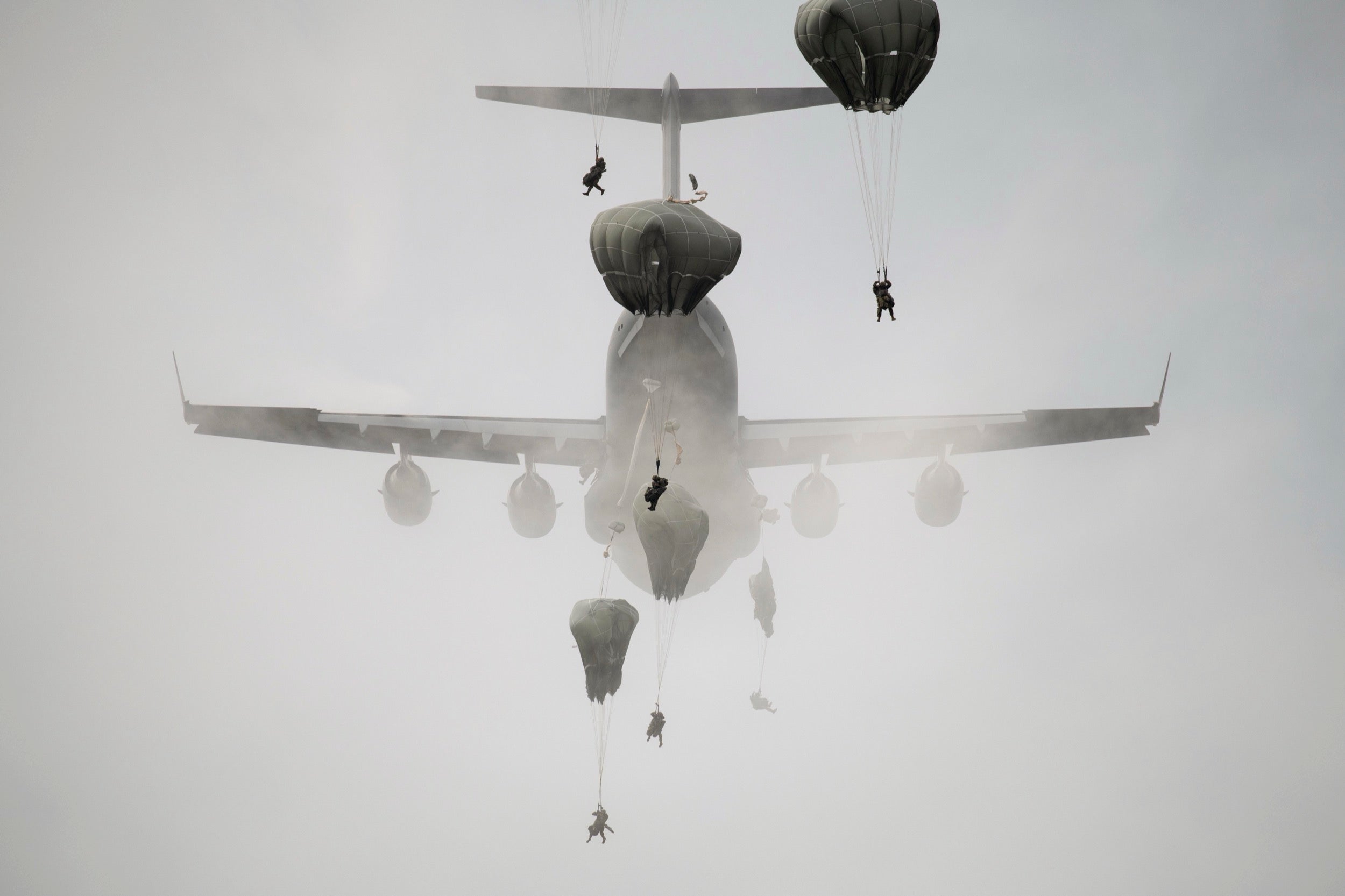
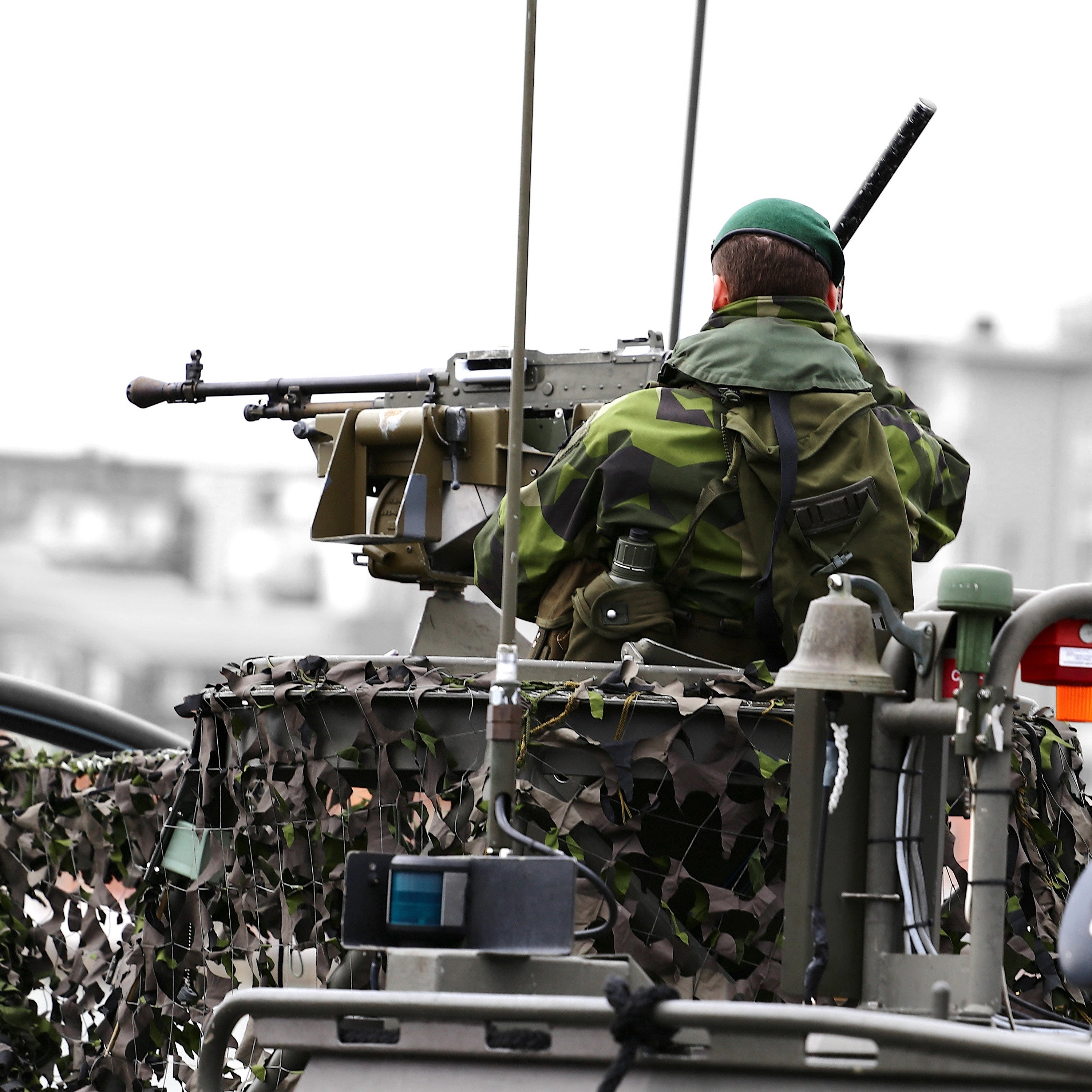
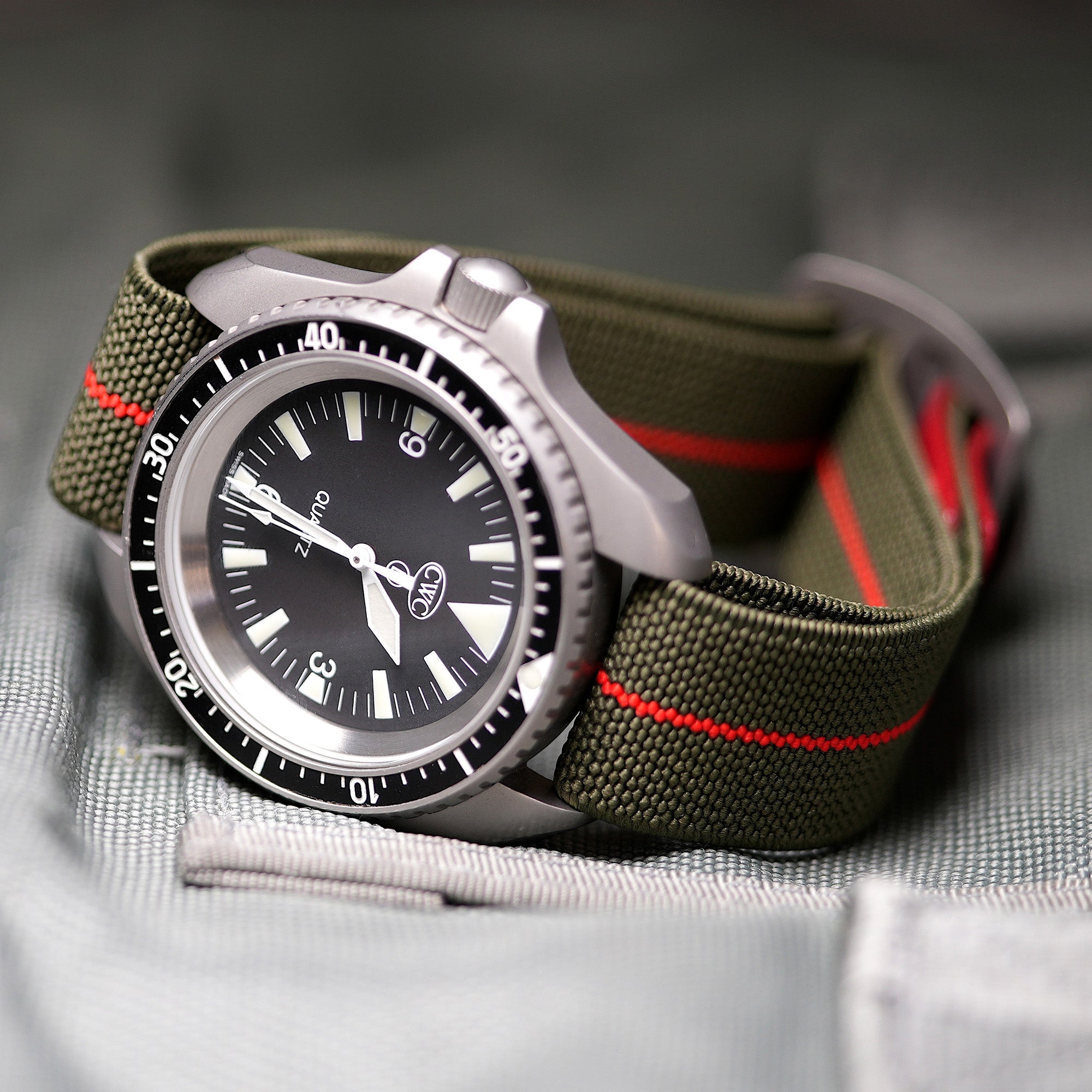
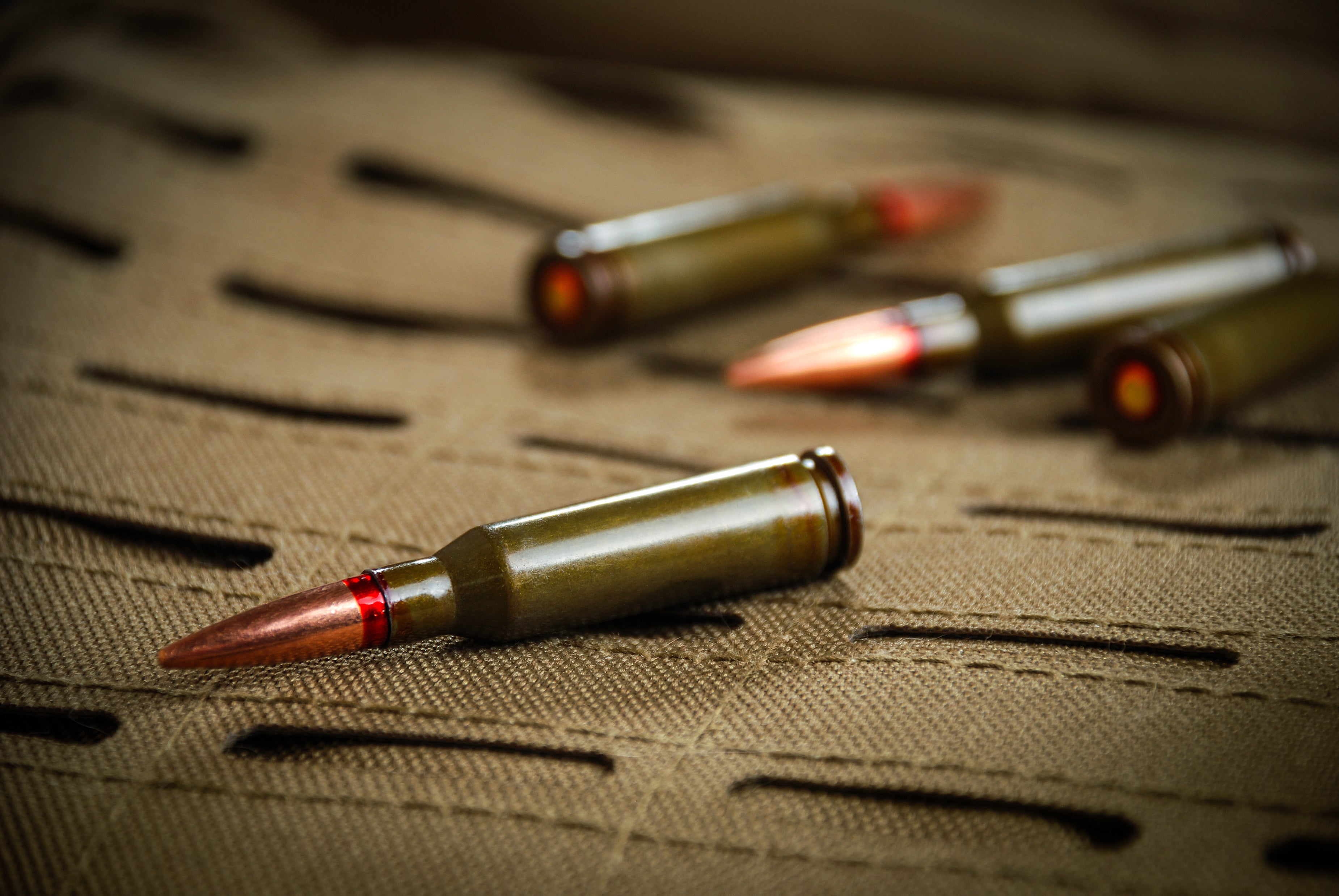
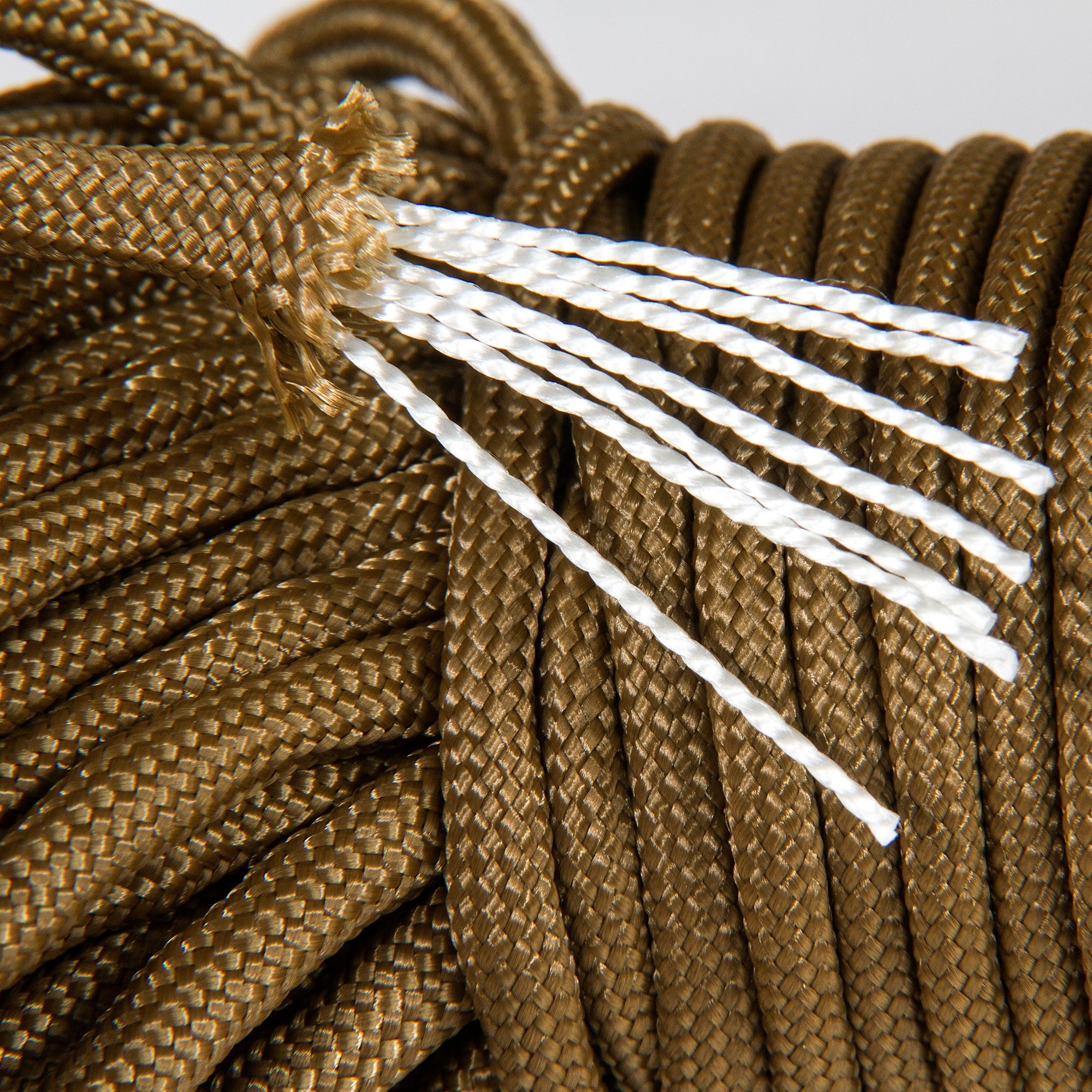
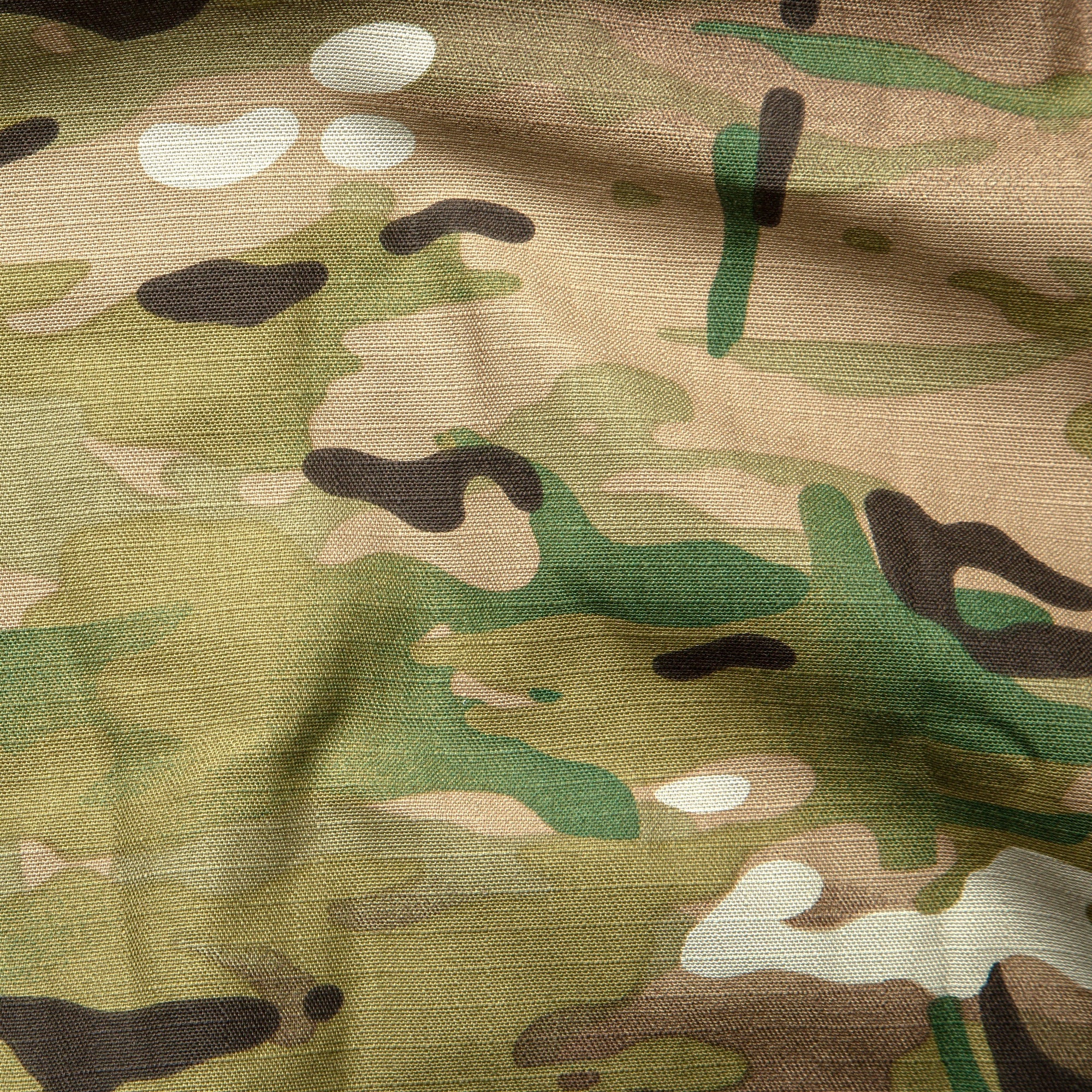
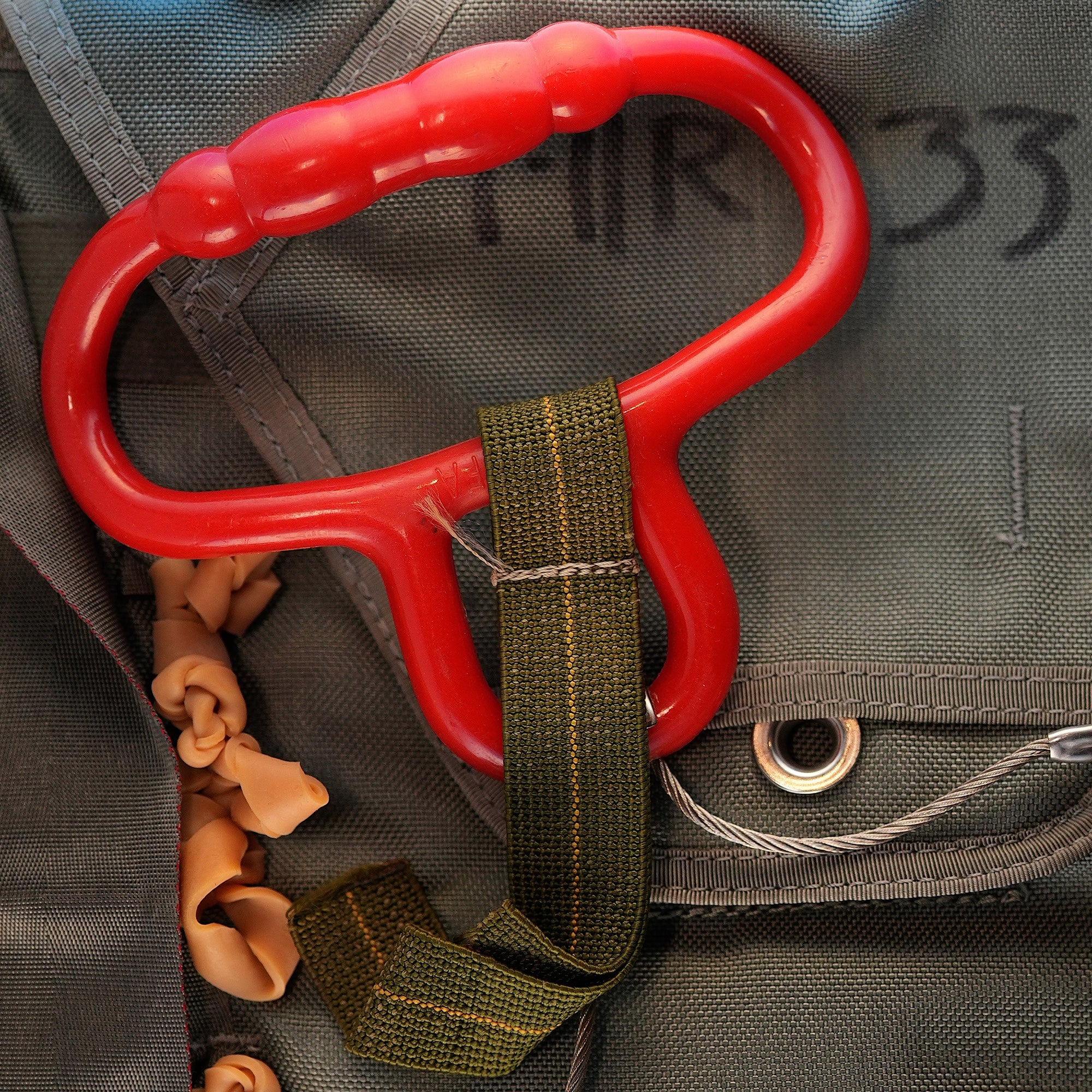

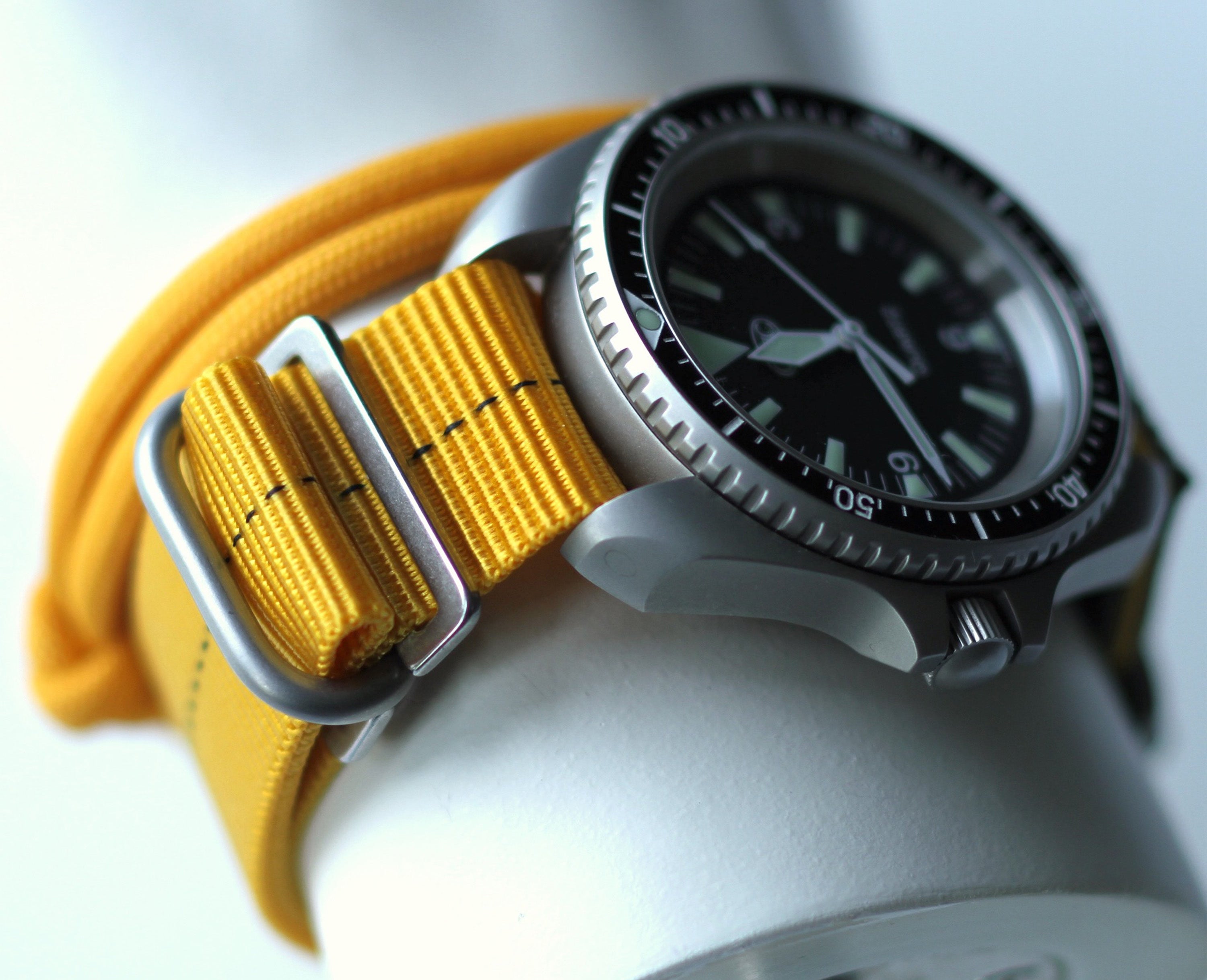
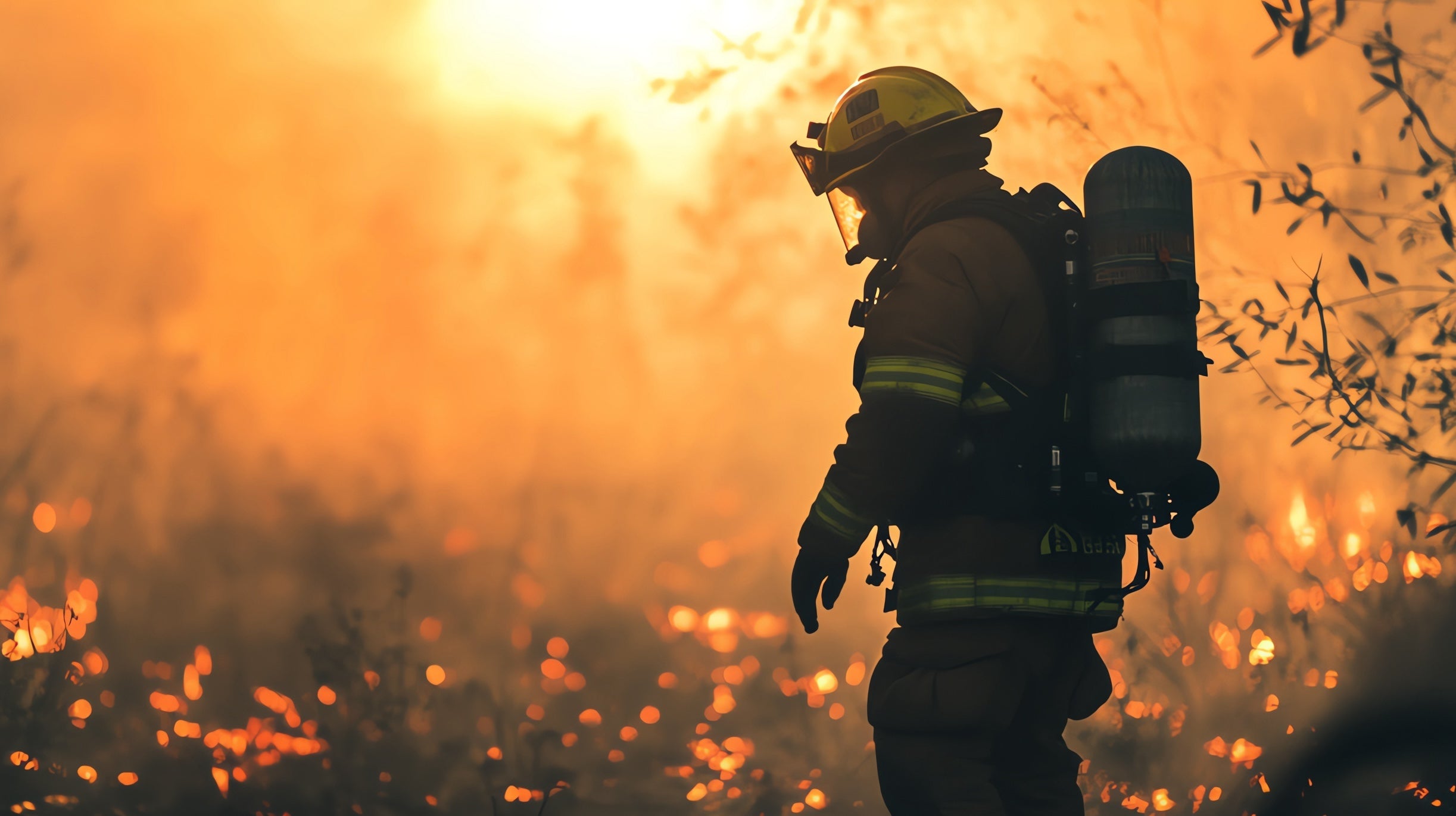
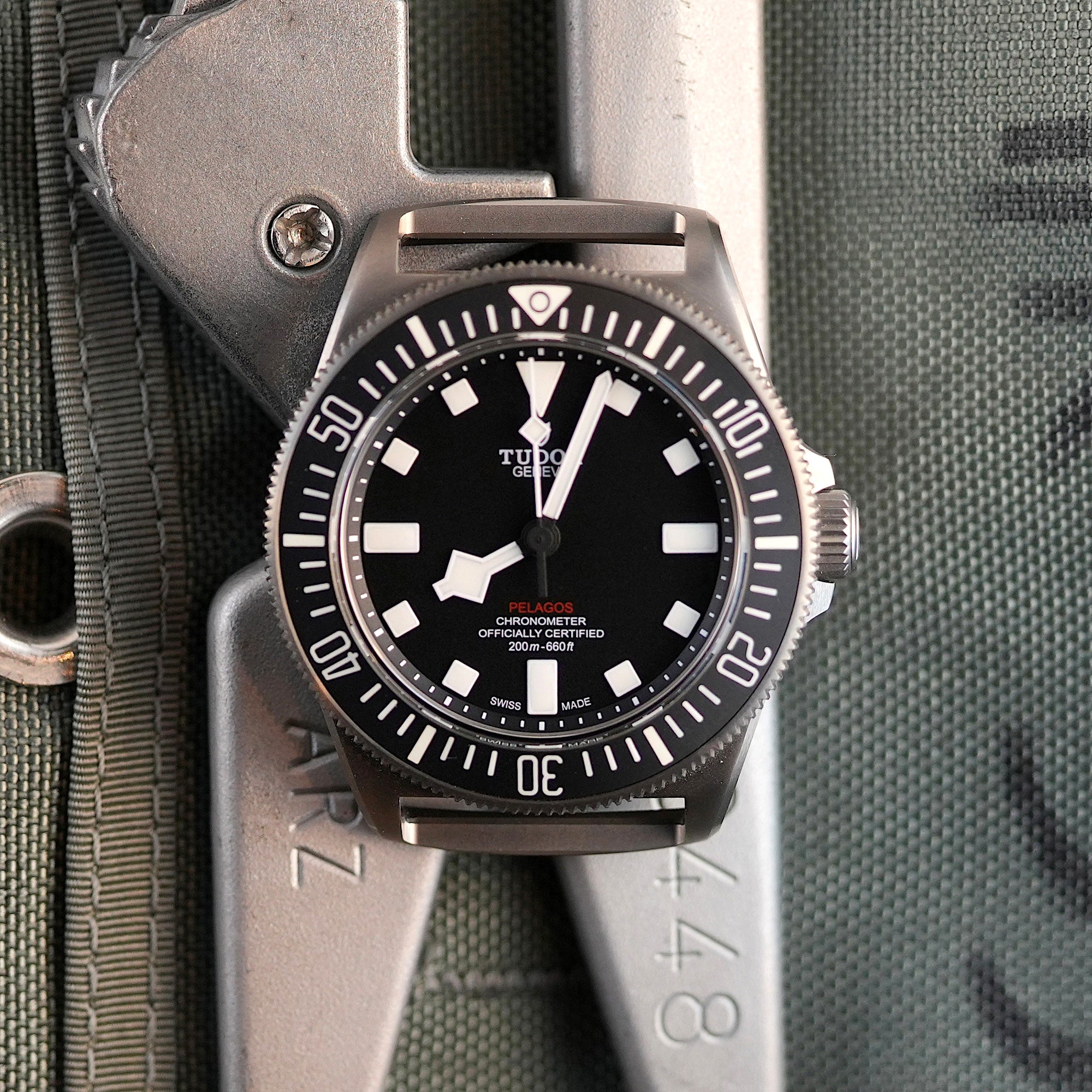
Share:
Garmin Watches: A History of Innovation in Wearable Technology
How Military Parachute Riggers Innovated and Upcycled Old Equipment to Make Belts and Watch Straps